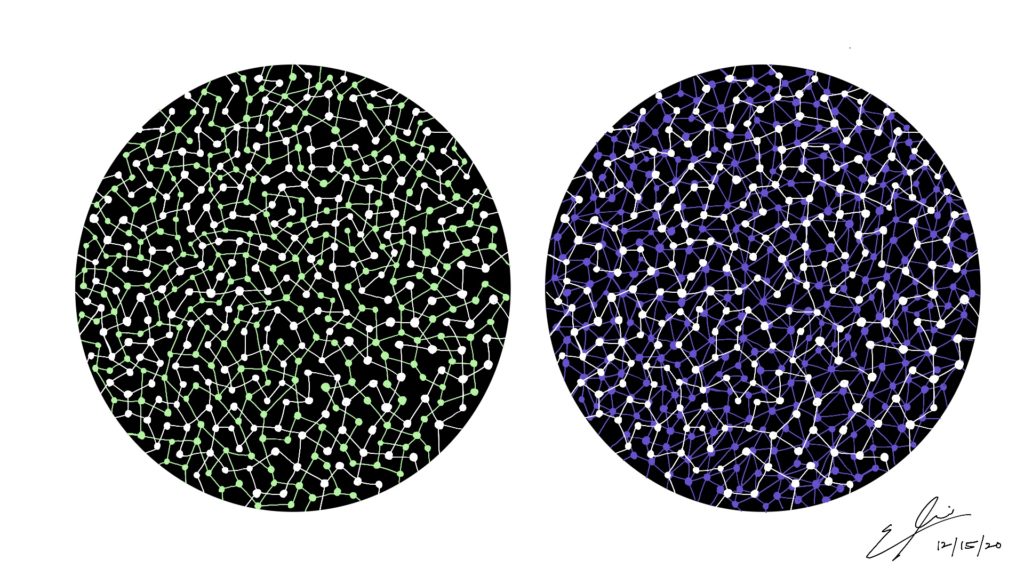
We see that technology has changed relative to past advancements, and as a result we must reflect on our current state of technology in order to determine a sense of a future trajectory. It is easy to assume that our current level of advancement is somehow superior to those prior, but sophistication as a trait is inherently adapting quality.
Data has become an incredibly valuable asset, the term data gravity describes the value of data increasing as its collection grows. It informs our software, our interactions with technology, and thus our interactions with each other. Information has become a powerful tool to influence behavior; as screen-time increases and physical interactions decrease, technology is a facilitator of connection but may also moderate it. We have found that privacy has become a luxury to those who may afford it.
It is difficult to foresee what the future may look like, but we may consider two extremes. If the trajectory of human connections continues as it does, with screen-time increasing and physical interactions decreasing, we may find that technology’s collection of information increases exponentially and gives greater power to those who control it, those who may not have the best intentions of the people. However, technology has also provided users with the ability to connect in a way that transcends time, geographic location, and language, among others. The speed and length at which we can communicate may give greater power to the people, providing opportunity for community organization against those who have sought to use our information against us.
In the above kinesthetic meditation, I pondered the role of data in human connection from a (very) high level point of view. The drawing was hand-drawn on Procreate, establishing a set of rules that my hand would follow. The white pattern is consistent across both circular spaces, signifying a pattern that has been established by technology. The two spaces operate on two opposite polarities; on one hands, technology may continue on its current trajectory and become a predominant “lens” through which our lives are lived. In this scenario, data may inform a majority of user decisions, illustrated by drawing a green pattern in accordance to the white structure. On the right, the violet pattern is drawn in spite of an established structure, signifying a future in which people are given complete, free reign over their decisions: a future where technology is abolished. I believe that our future can be somewhere in the middle, wherein technology may continue to be a facilitator for humans to reach their pre-determined goas. As data continues to rise in mass, in order to maintain a future where human and machine operate in a symbiotic relationship requires that users and designers be aware of the use and exploitation of it.

The term data gravity is so interesting! Also, I like how you use the example of Kinesthetic Meditation. I have designed for meditation, and I kinda feel how technology can help people as a facilitator.